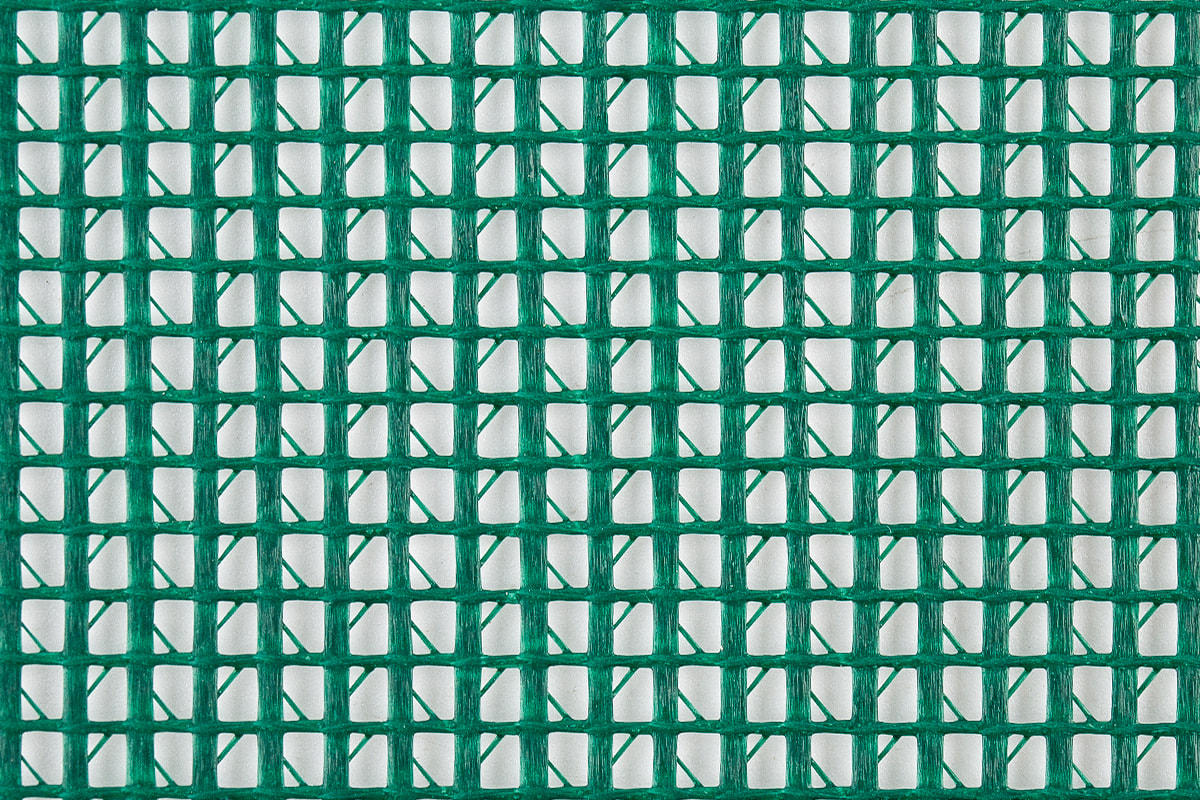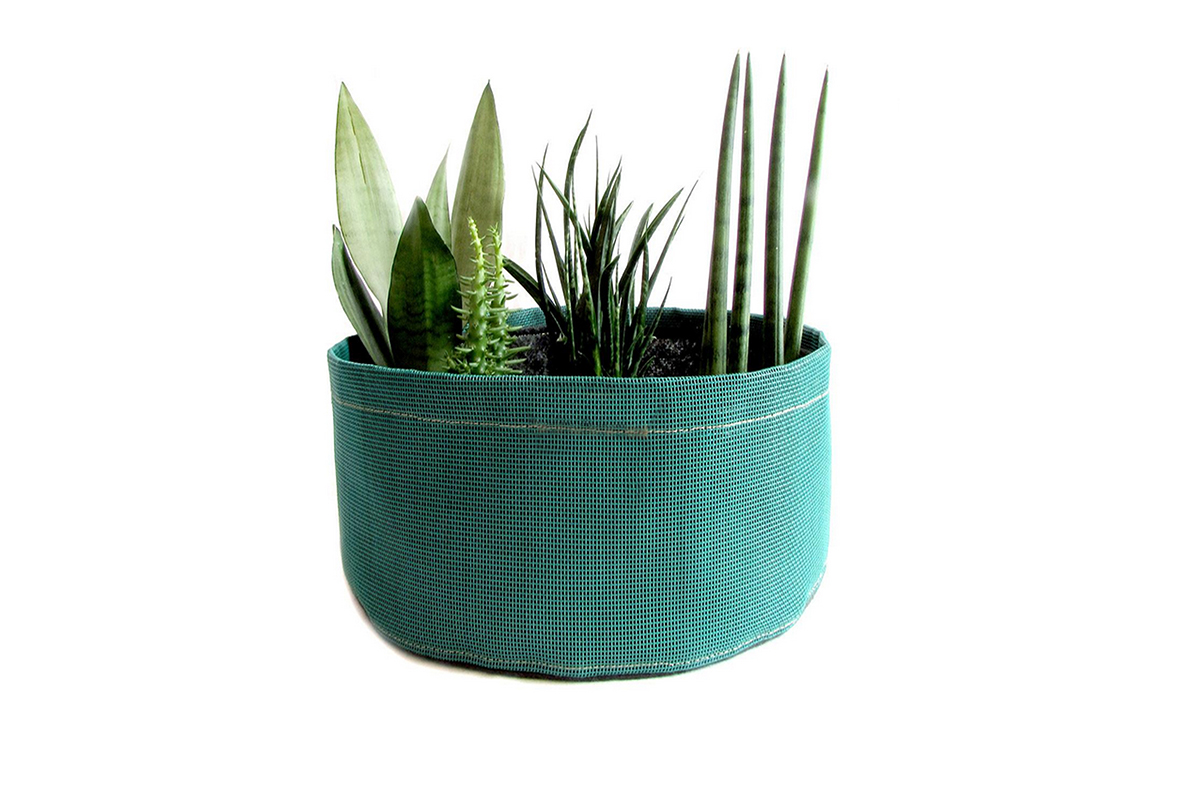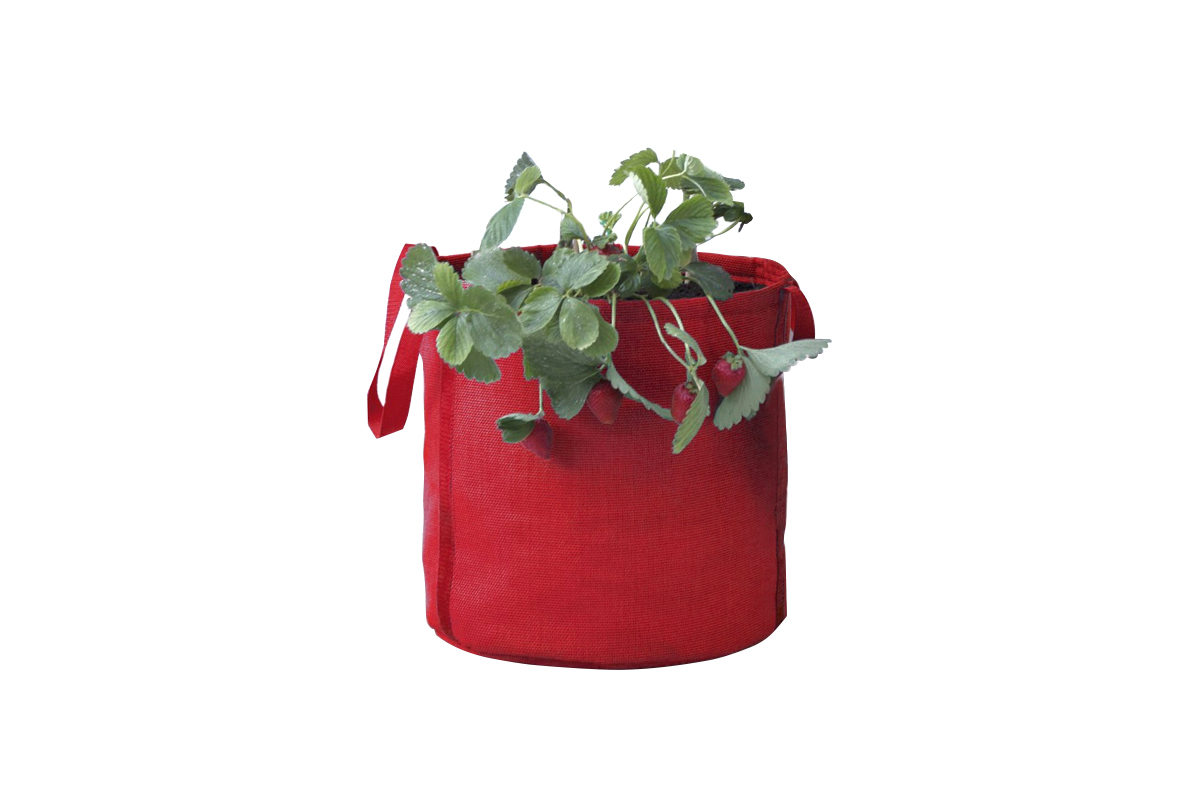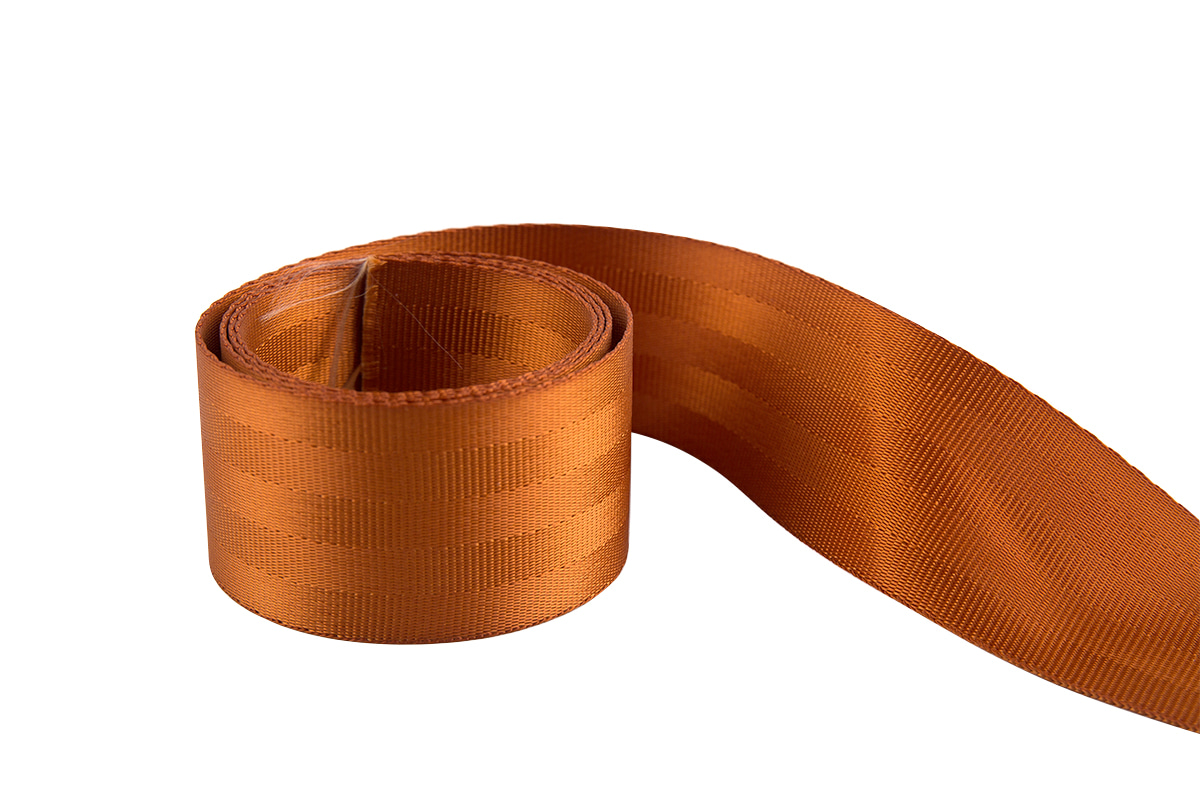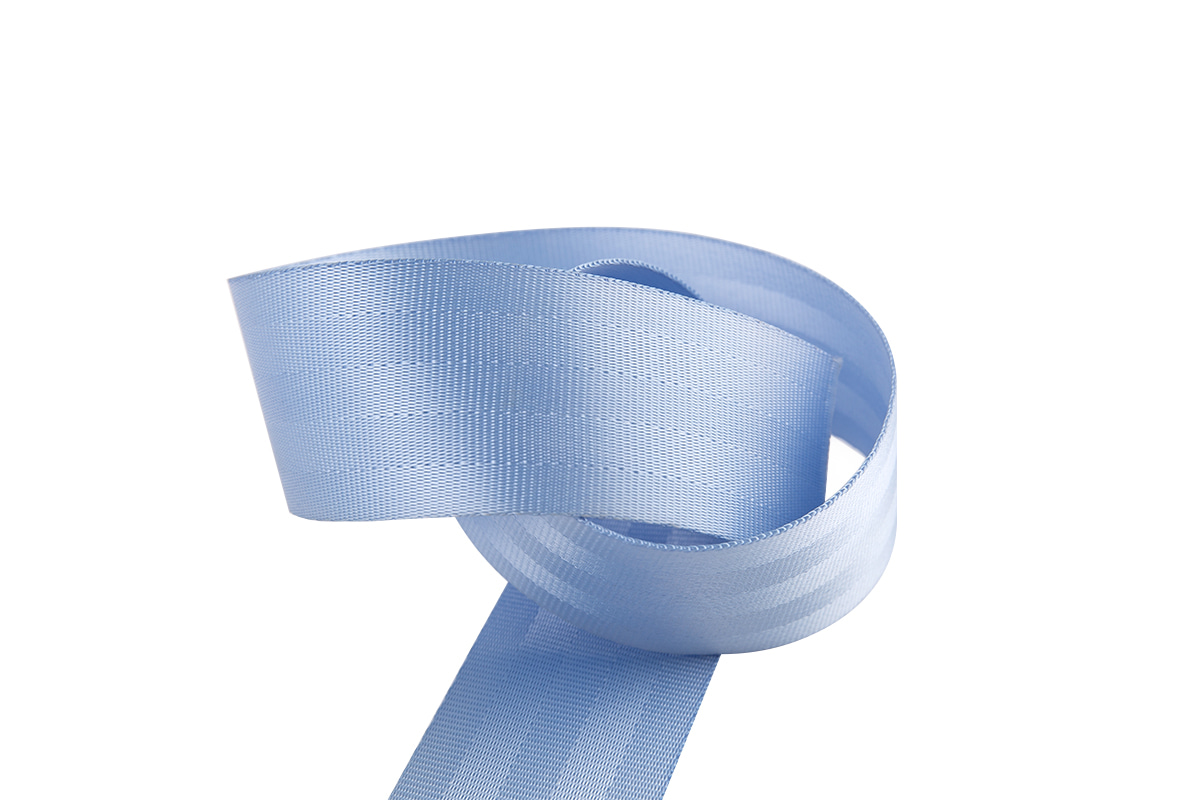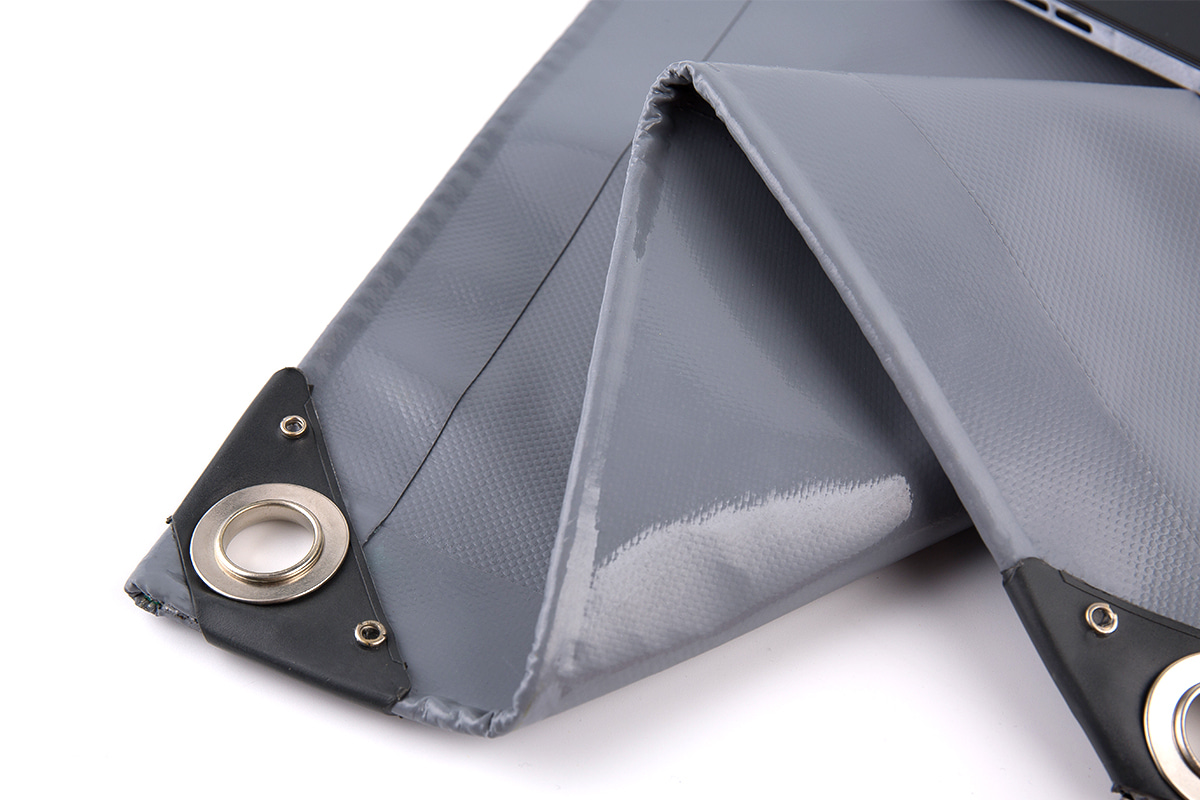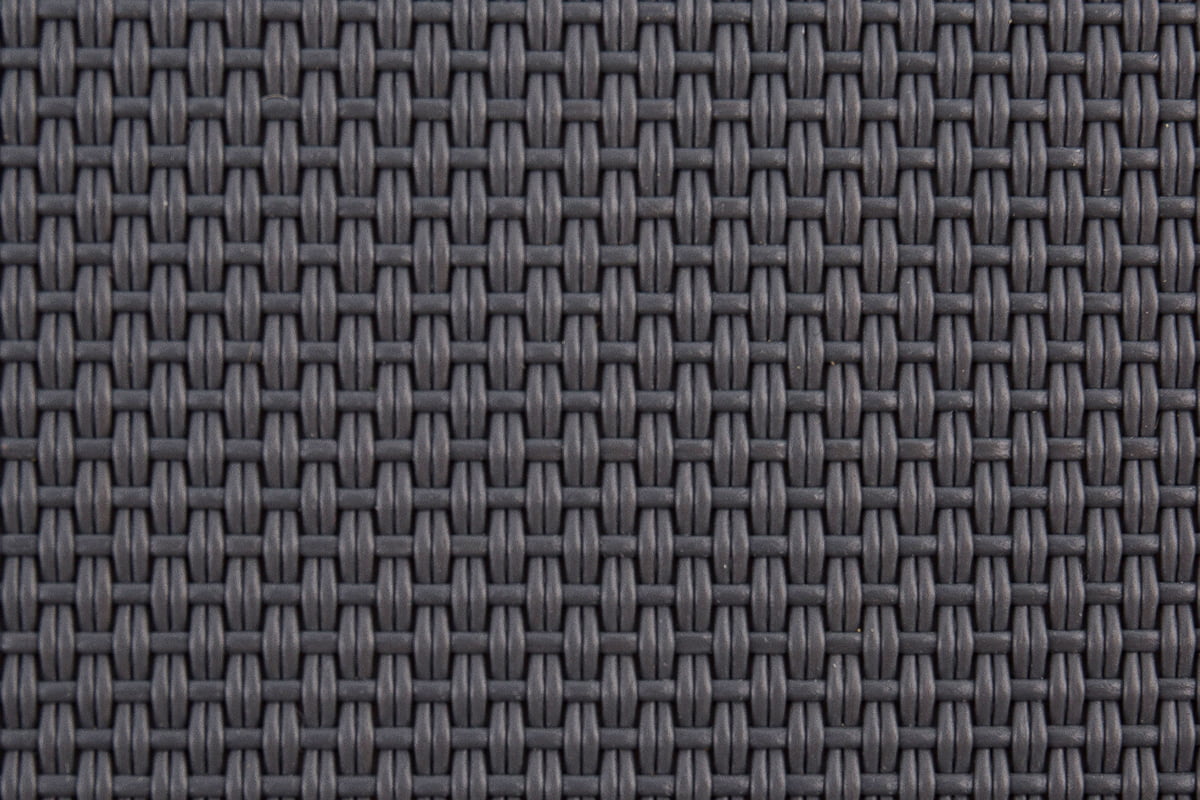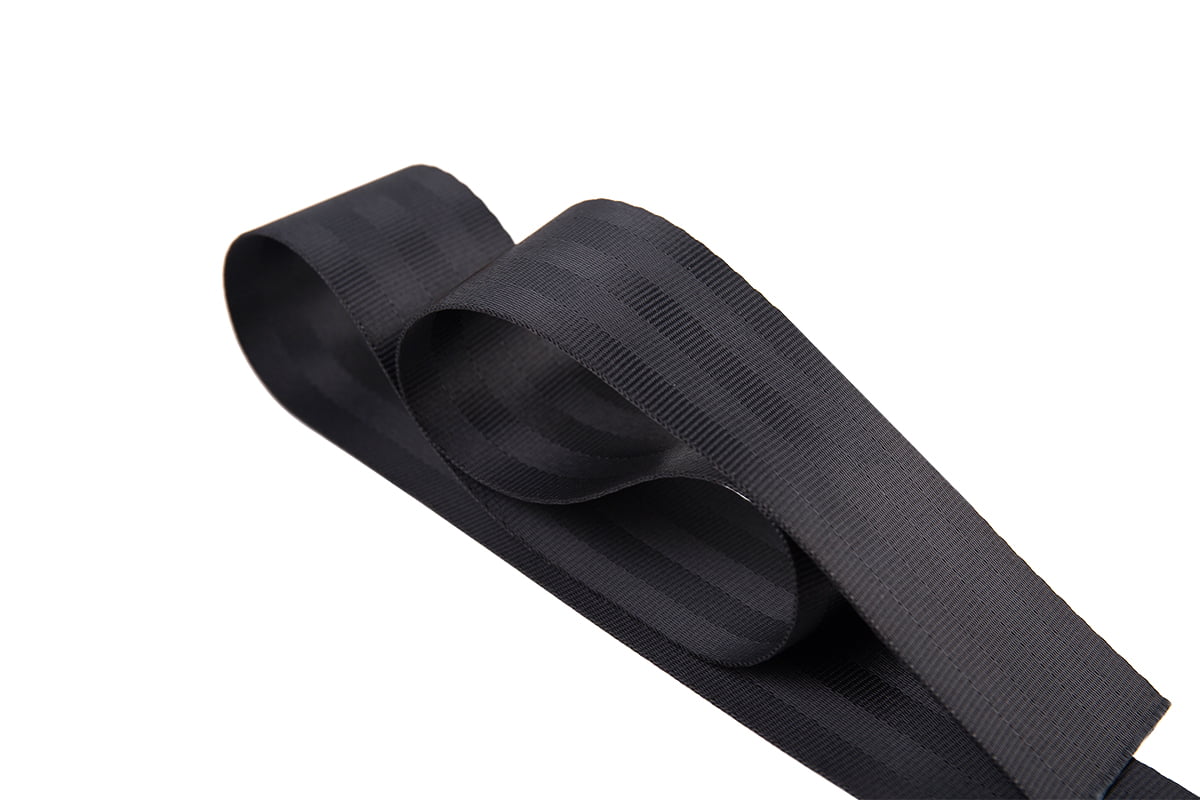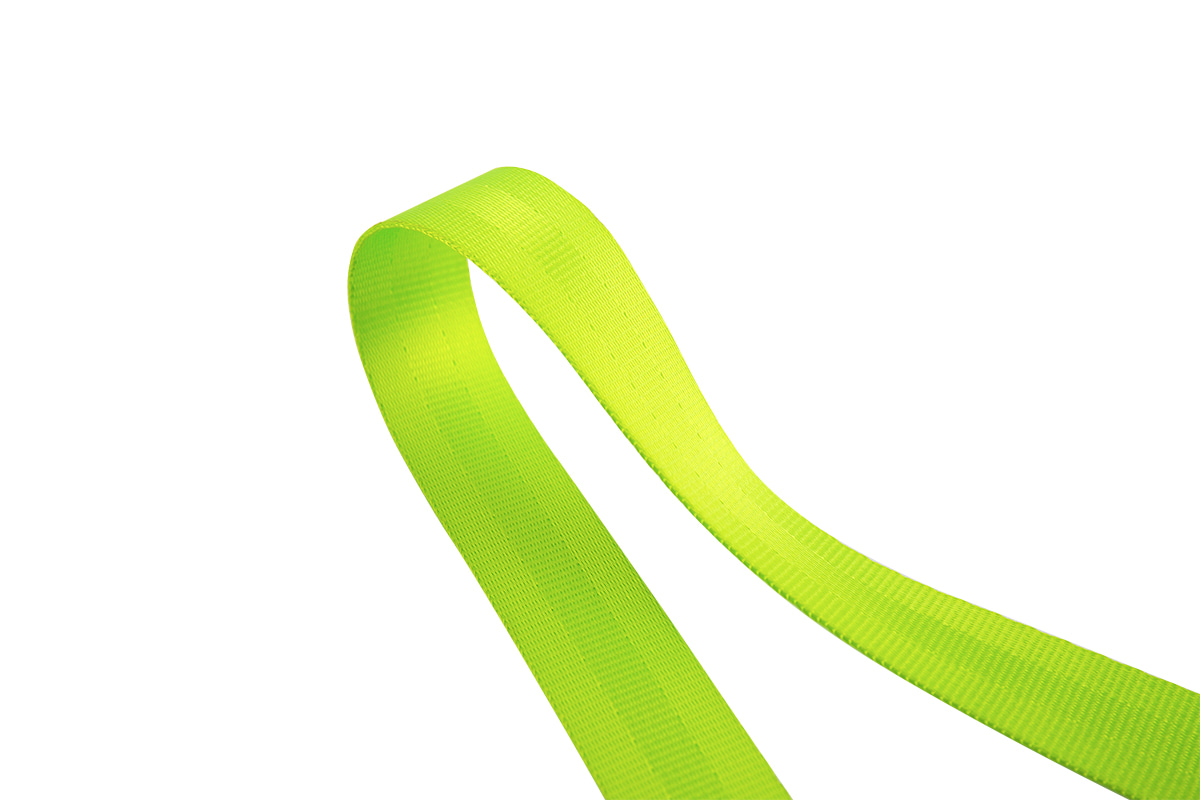
Car seat belt webbing is a critical component of vehicle safety systems, designed to secure passengers during sudden stops or collisions. The choice of webbing material affects not only the strength and durability but also comfort and longevity. Various materials are used by manufacturers to produce car seat belt webbing, each with distinct properties that influence performance. Comparing these different types helps automotive suppliers and buyers select the right webbing for specific applications.
One commonly used material for car seat belt webbing is polyester. Polyester webbing offers a good balance of strength, flexibility, and resistance to wear. It is known for its great tensile strength, which is essential for restraining passengers effectively in emergencies. Polyester also performs well under exposure to sunlight and moisture, making it suitable for long-term use in vehicles. Additionally, this material has moderate stretch, allowing for comfortable restraint without compromising safety.
Nylon is another popular material used in car seat belt webbing. Nylon webbing is highly durable and has greater elasticity compared to polyester. This elasticity can absorb impact forces better, which may improve passenger comfort during sudden braking or accidents. However, nylon tends to absorb more water and can degrade faster when exposed to UV rays, requiring protective coatings or treatments to maintain its performance over time. Despite this, nylon’s strength and abrasion resistance make it a reliable choice in many seat belt systems.
Polypropylene is sometimes used for car seat belt webbing, especially in budget or specific industrial applications. While it is lighter than polyester and nylon, polypropylene generally has lower tensile strength and less resistance to abrasion and UV degradation. It also tends to stretch less, which might affect passenger comfort. Due to these characteristics, polypropylene webbing is less common in automotive seat belts but may be found in auxiliary applications where cost and weight are primary concerns.
Beyond the base materials, manufacturers often treat car seat belt webbing to enhance performance. UV-resistant coatings help protect the webbing from sun damage, extending its service life. Flame-retardant finishes may be applied to meet safety regulations and reduce fire risks inside vehicles. These treatments contribute significantly to the durability and safety of the webbing regardless of the material used.
Weave patterns and thickness also vary among car seat belt webbings and influence their properties. A tighter weave usually provides higher strength and better abrasion resistance. The thickness of the webbing affects comfort and durability; thicker webbings can endure more wear but might be less flexible. Manufacturers balance these factors depending on the intended vehicle type and safety standards.
In terms of maintenance and replacement, polyester webbing often offers advantages due to its stable performance under various conditions. Nylon’s tendency to degrade in moist or sunny environments means it may require more frequent inspections or replacements. Polypropylene, while cost-effective, may not last as long in demanding applications.
When selecting car seat belt webbing, understanding these differences is crucial for manufacturers, fleet operators, and vehicle owners. The choice impacts not only safety and regulatory compliance but also user comfort and product lifespan. Each material offers trade-offs in terms of strength, elasticity, resistance to environmental factors, and cost.
Comparing different types of car seat belt webbing materials highlights the strengths and weaknesses of polyester, nylon, and polypropylene options. Polyester is valued for its balance of durability and weather resistance, nylon for its elasticity and strength, and polypropylene for its light weight and cost. Evaluating these characteristics helps ensure the chosen webbing meets both safety requirements and user expectations in automotive applications.

 en
en Español
Español